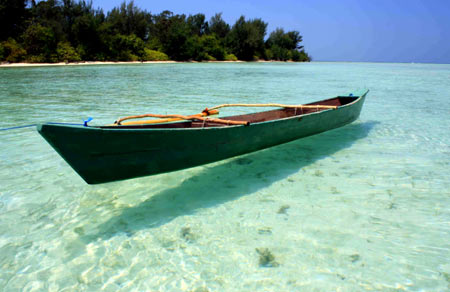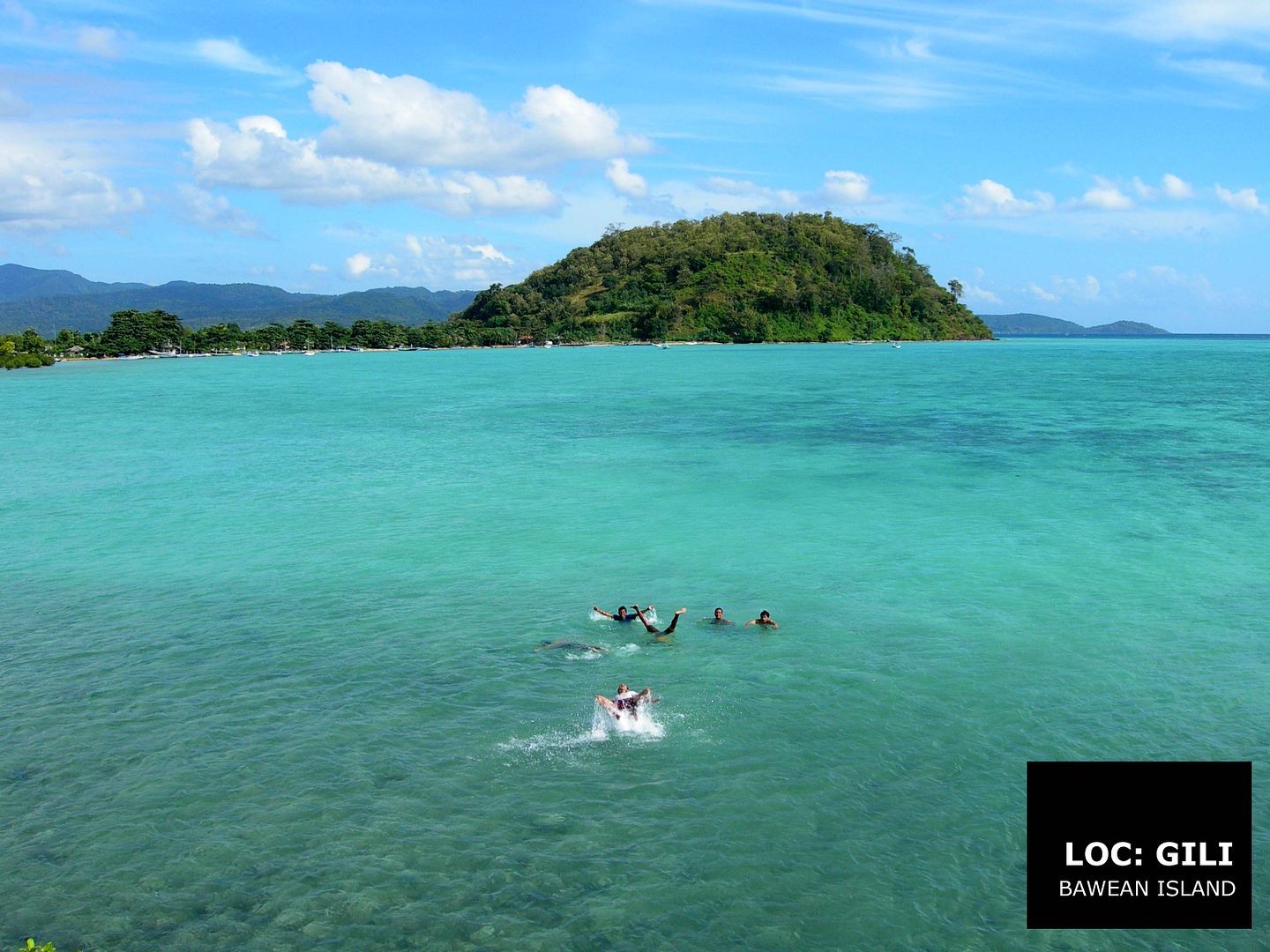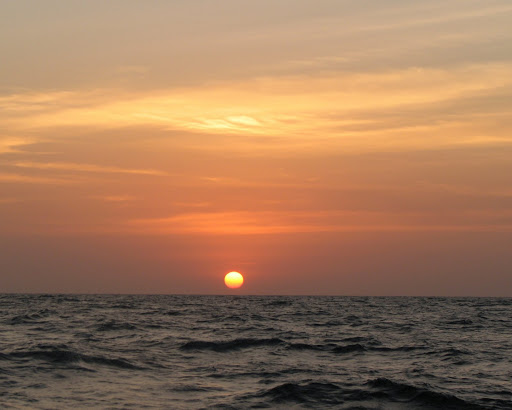 Ujung Kulon National Park is located at the western-most tip of Java, Banten, Indonesia. It includes the volcanic island group of Krakatoa and other islands including Panaitan, Handeuleum and Peucang. The park encompasses an area of 1,206 km² (443 km² marine), most of which lies on a peninsula reaching into the Indian Ocean. The explosion of nearby Krakatau in 1883 produced a tsunami (giant wave) that eliminated the villages and crops of the coastal areas on the western peninsula, and covered the entire area in a layer of ash about 30 cm thick. This caused the total evacuation of the peninsula by humans, thereby allowing it to become a repository for much of Java’s flora and fauna, and most of the remaining lowland forest on the island.
Ujung Kulon National Park is located at the western-most tip of Java, Banten, Indonesia. It includes the volcanic island group of Krakatoa and other islands including Panaitan, Handeuleum and Peucang. The park encompasses an area of 1,206 km² (443 km² marine), most of which lies on a peninsula reaching into the Indian Ocean. The explosion of nearby Krakatau in 1883 produced a tsunami (giant wave) that eliminated the villages and crops of the coastal areas on the western peninsula, and covered the entire area in a layer of ash about 30 cm thick. This caused the total evacuation of the peninsula by humans, thereby allowing it to become a repository for much of Java’s flora and fauna, and most of the remaining lowland forest on the island. |
| Javan Rhinoceros |
It is Indonesia's first proposed national park and was declared a UNESCO World Heritage Site in 1991 for containing the largest remaining lowland rainforest in Java. It is also one of only two homes of the critically endangered Javan Rhinoceros. A population of fifty to sixty live in Ujung Kulon, a smaller population of possibly 10 or less, live in Cat Tien National Park, Vietnam. The park protects 57 rare species of plant. The 35 species of mammal include Banteng, Silvery Gibbon, Javan Lutung, Crab-eating Macaque, Leopard, Java Mouse-deer and Rusa Deer. There are also 72 species of reptiles and amphibians, and 240 species of birds.
Parts of today's national park and World Heritage site have been protected since the early 20th century. Karakatoa Island was declared a Nature Reserve in 1921, followed by Pulau Panaitan and Pulau Peucang Nature Reserve in 1937. The Ujung Kulon Nature Reserve has been established in 1958 followed by the Gunung Honje Nature Reserve in 1967. Ujung Kulon National Park has been established in 1992. In 2005 the park has been designated as an ASEAN Heritage Park. [source : Ujung Kulon]
See The Beauty



















































